Traveling is a great time to explore new places as well as new food! Here are some exotic fruits that you should try depending on where your adventures take you this summer.
Asia:
Starfruit
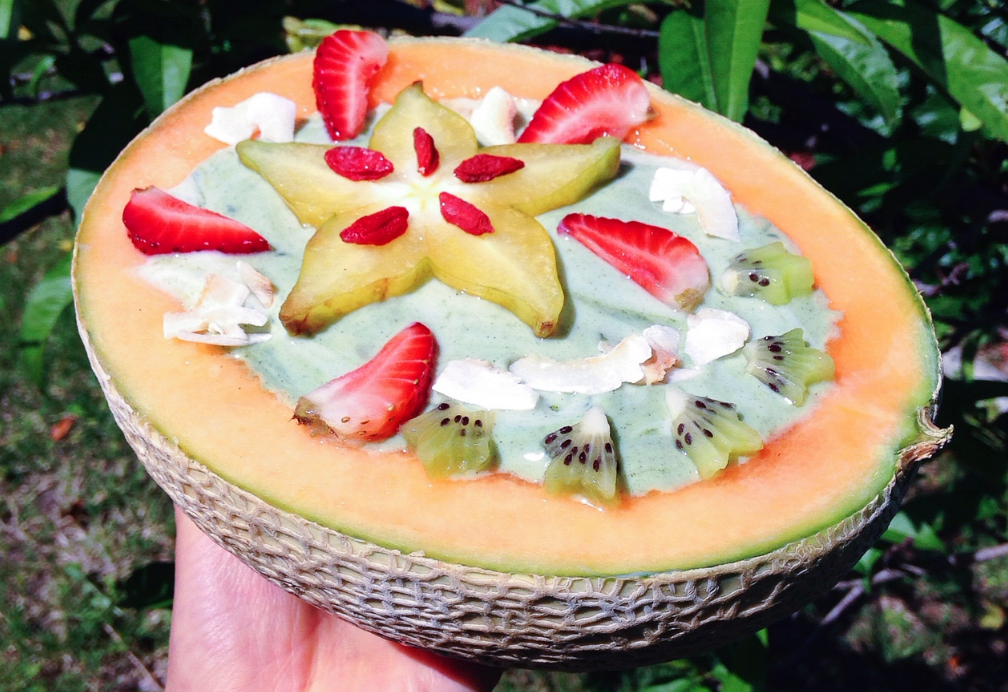
Photo by Grace Ling
The starfruit is native to the Philippines, and also can be found in some Asian grocery stores in America. It’s radial symmetry makes it great to use for food art.
The flavor is a combination of both citrus and apples. It taste light, tangy, and a little sweet.
Durian
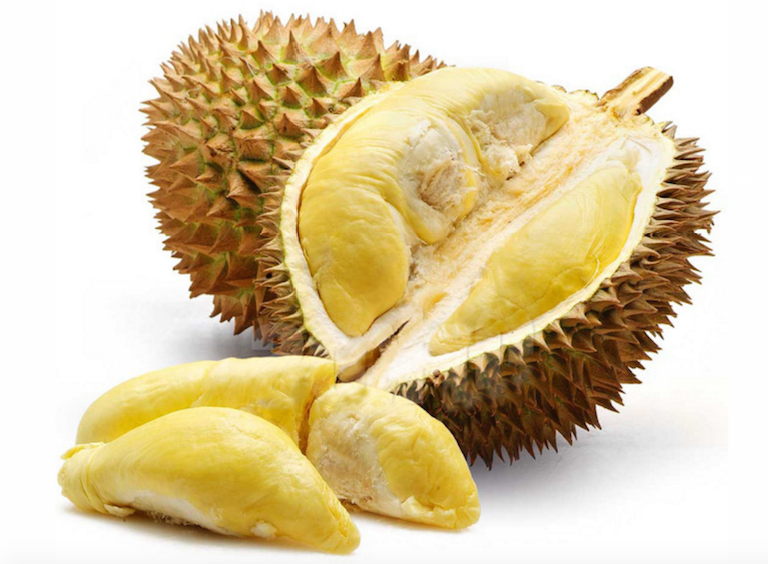
Photo courtesy of Klik Hotel Blog
Popular in SouthEast Asia and known for it’s putrid smell, people either love it or hate it. Either way, this fruit is an excellent source of fiber, vitamin C, and B vitamins. Durian has a soft texture that’s similar to ripe avocado and tastes almond-y, creamy, and a touch sweet. Here are some ways to enjoy durian.
Kumquat
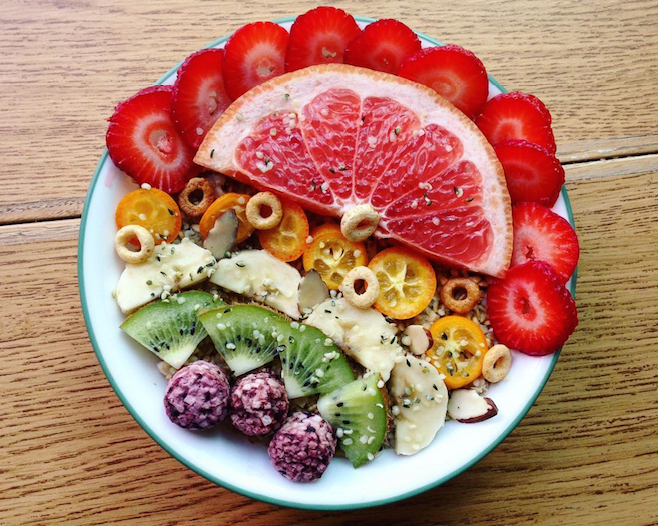
Photo courtesy of @irungracepace on Instagram
The kumquat originated in China and looks similar to a tiny orange. Full of tangy and spicy citrus tang, you can expect this small fruit to pleasantly surprise you with big flavor. Here are some ways to eat a kumquat.
Mangosteen
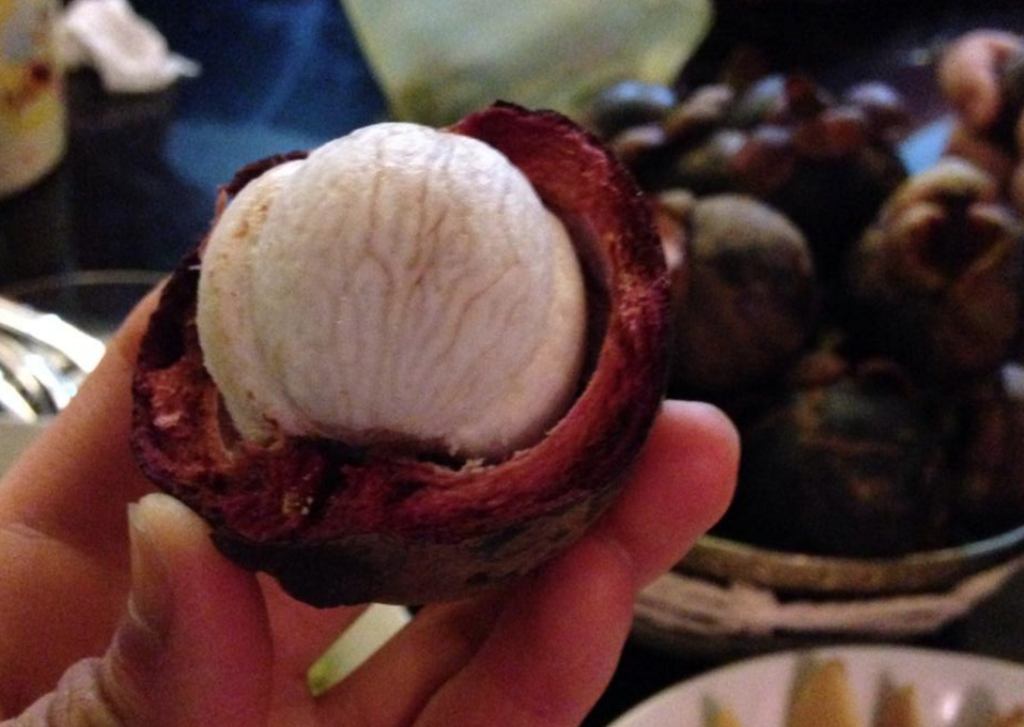
Photo by Grace Ling
Don’t be fooled – contrary to its name, this fruit is completely unrelated to mangos. The mangosteen mostly grows on trees in southeast Asia, but also can be found in tropical areas such as Florida and Puerto Rico. It’s surrounded by a fibrous purple exterior, which you can peel away with your fingernails before getting into the soft jelly vesicle. Tangy and very sweet, this fruit tastes similar to a combination of strawberry and peach. It’s also a great source of vitamin C and B vitamins.
Lychee
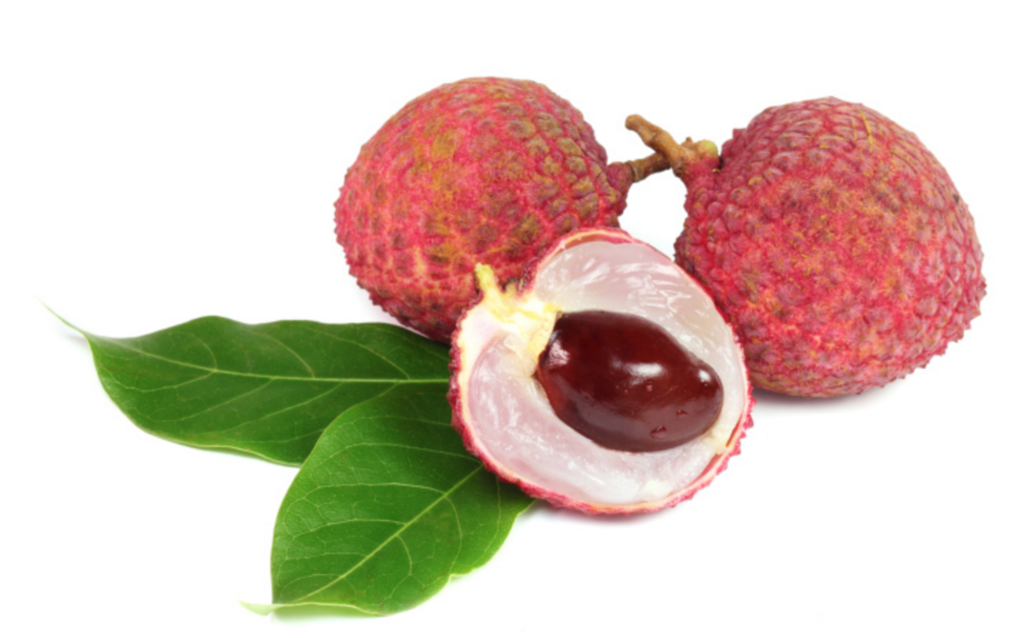
Photo courtesy of food.ndtv.com
The Lychee originated and china. It smells like a flower and has hard skin. In order to eat it, you must peel off the skin with your fingers. It taste similar to a grape, but tangier. The texture is also similar to a grape – juicy and a little crunchy.
Longan
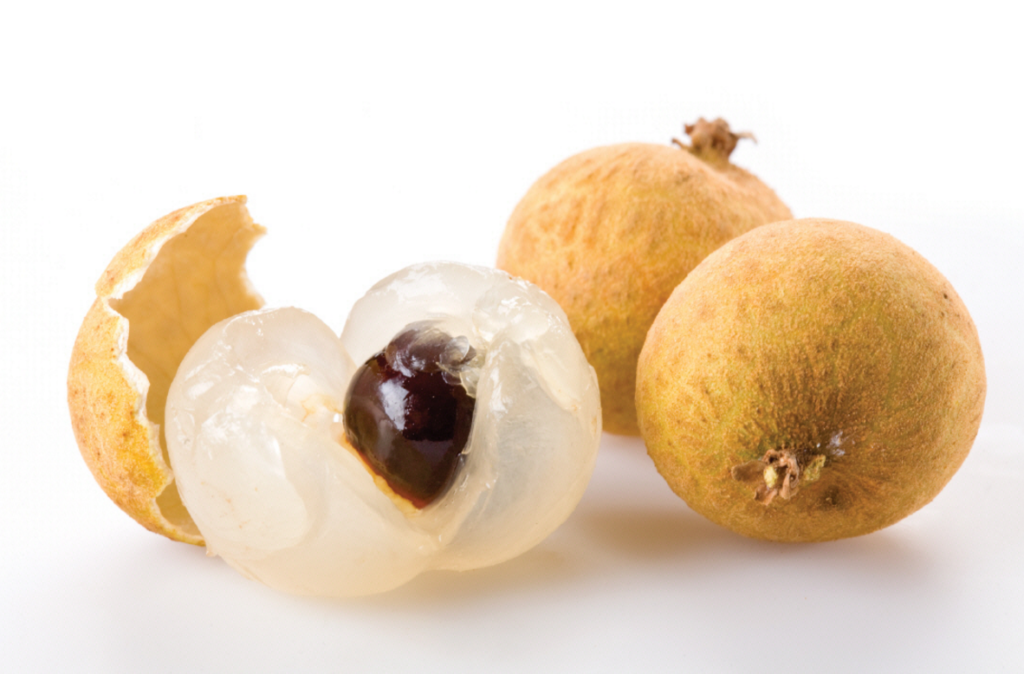
Photo courtesy of bangalorefruits.com
The longan also originated in China. Its name in Chinese means dragon’s eye because it resembles one. It’s surrounded by a hard, bark-like shell, and the fruit inside is white with a grape-like texture. The taste and texture is similar to lychee, however it is far less sweet and tangy. You eat it after peeling away the seed.
Rambutan
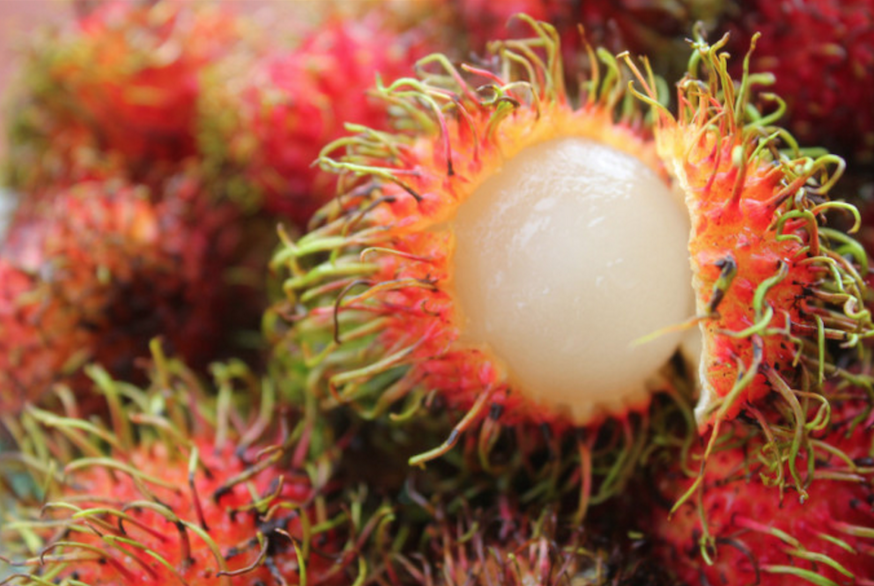
Photo courtesy of The Longest Way Home
The rambutan is native to Malaysia and is similar to lychee and longan, except for its hairy exterior. The fruit is a round, single-seeded berry with a sweet and sour flavor. The seed can also be cooked and eaten.
Central and South America
Star Apple
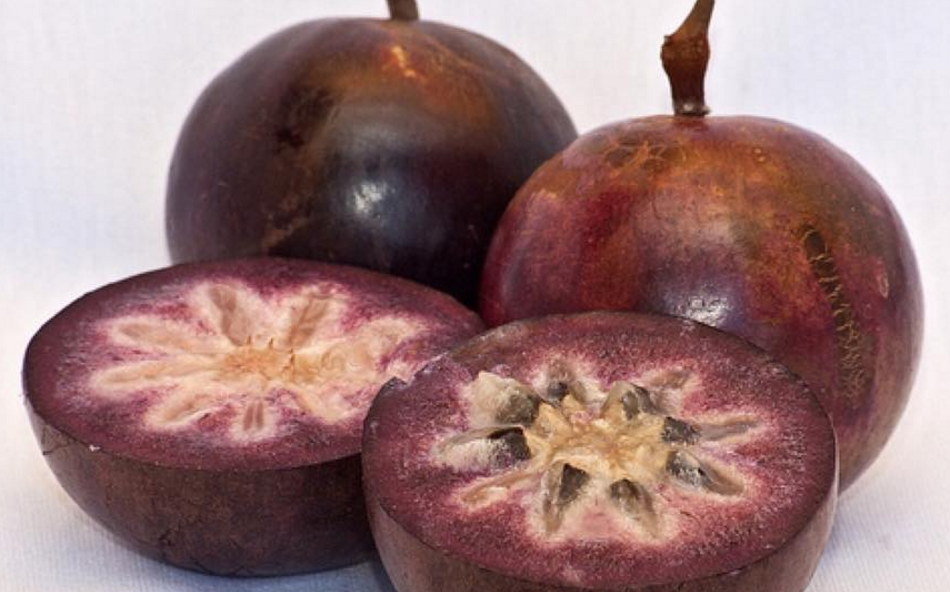
Photo courtesy of @daleysfruit on Instagram
This fruit is spherical and taste like blueberries and cream with a creamy texture like cherimoya. It is also known as the “milk fruit.” Incase you were already wondering, here are some health benefits of star apples.
Açaí Berry

Photo by Mary Kate Turner
While açaí is mostly known for the Insta-famous açaí bowl in America, you can purchase and eat the actual berry in its original form when you visit South America. It taste like a combination of blackberry and raspberry, with dark cacao undertones.
Dragon Fruit

Photo by Grace Ling
The dragon fruit (also known as the pitaya fruit) is part of the cactus family. While it originated from Mexico, dragon fruit is also grown in Asia. With flavors similar to a kiwi and pear, the texture is light and crunchy. People typically scoop out the fruit with a spoon, or cut it into slices like an orange (the skin is not edible). Considered a “superfood” as it is chock full of health benefits, this fruit is nothing short of nutritious and delicious.
Cherimoya
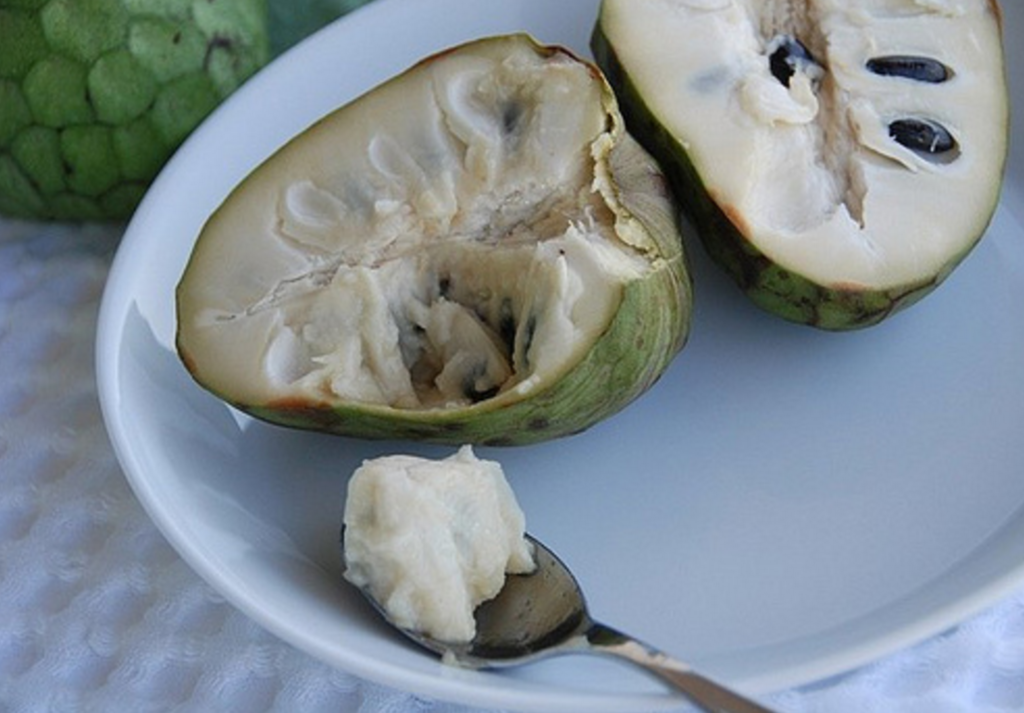
Photo courtesy of Food Blogga
The cherimoya originates in Ecuador and is known as the “ice cream fruit.” It has a creamy texture and tastes like a blend of banana, peach, strawberry, and papaya.
Africa
Kiwano
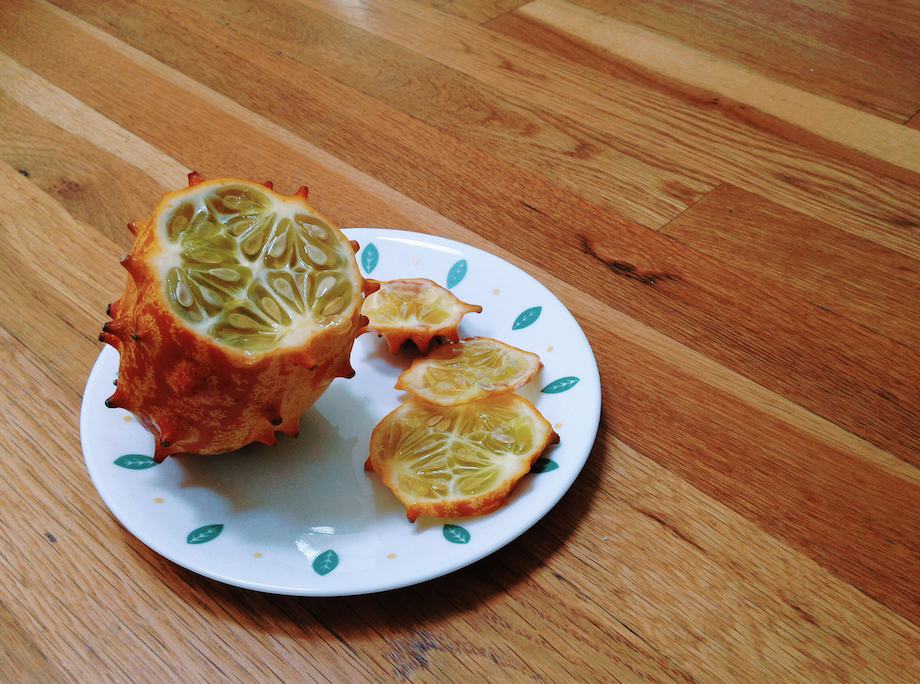
Photo by Grace Ling
Also known as the “African cucumber” or “horned melon,” this fruit originated in Sub-Saharan Africa. While it tastes more like a cucumber or zucchini, it still has a fruit-like jelly texture. The peel is spiky, but can also be eaten. Here are some reasons why you should try kiwano.
Tamarind
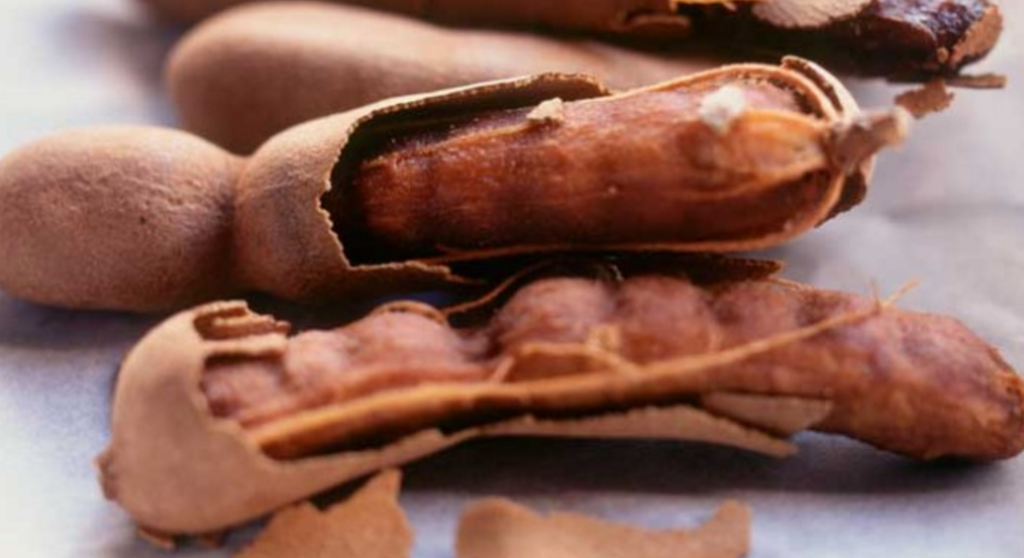
Photo Courtesy of BBC Good Food
The tamarind is native to tropical Africa. It’s a member of the legume family, so it comes in a pod. It can be eaten fresh or dried and has a strong sweet and sour flavor. It is used in many gourmet dishes around the world and frequently in Mexican cuisine.
Ackee
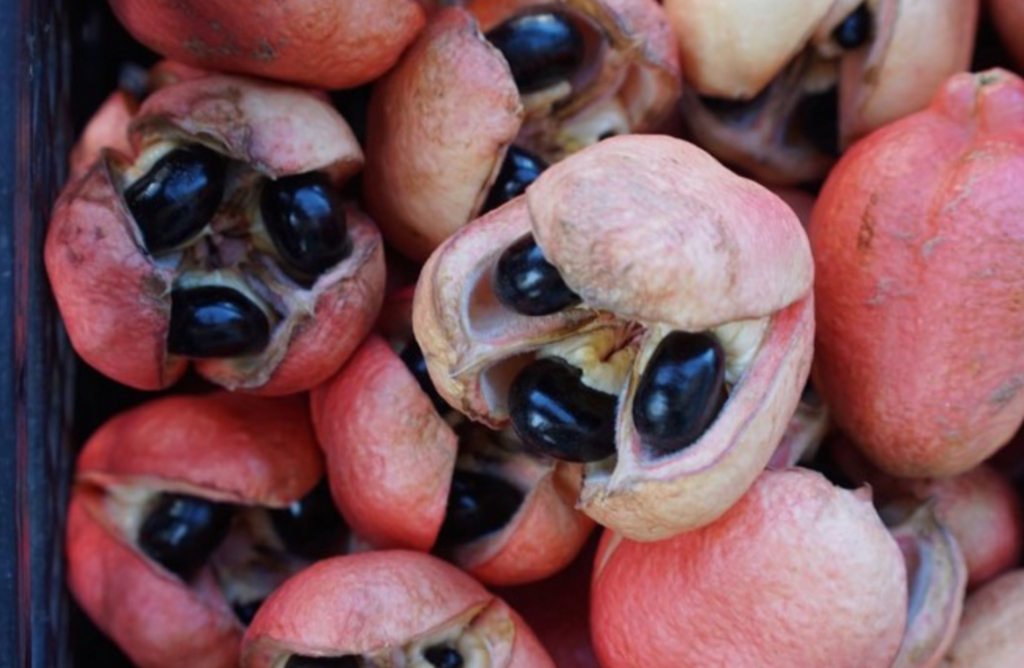
Photo by @marleynatural on Instagram
The ackee is native to west tropical Africa and belongs as the same family as lychee and longan. Take caution! This fruit is toxic when it’s not ripe. This fruit is usually cooked as a vegetable and taste like scrambled eggs.
Australia:
Riberry
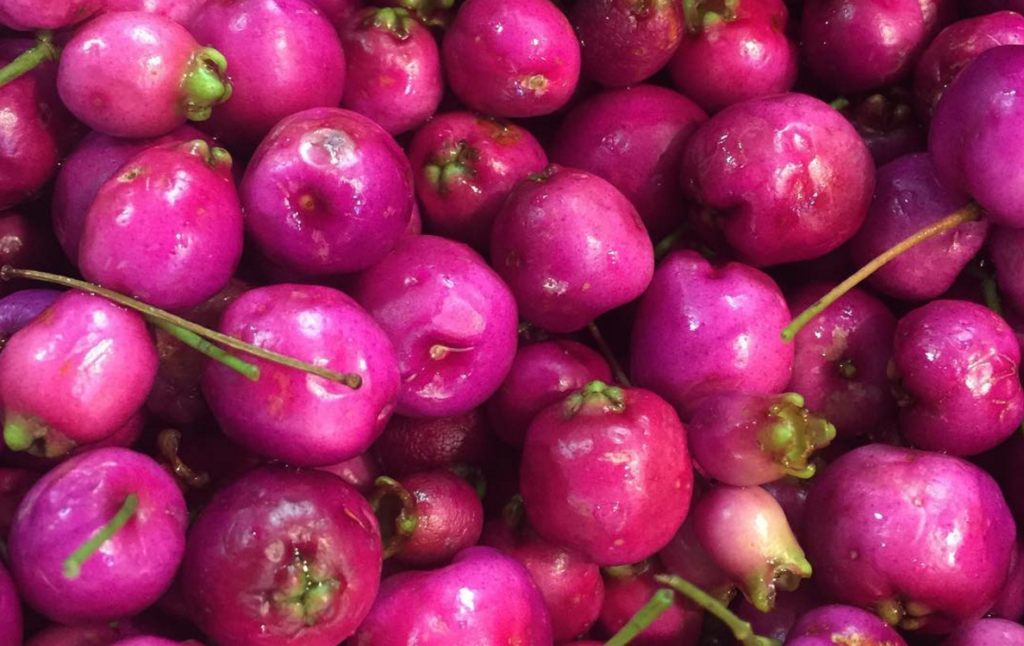
Photo courtesy of @loughlinhunter_ on Instagram
The riberry is native to Australia and grown on a rainforest tree. It taste like tart cranberries, with a hint of cloves. It is used for jams, sauces, eaten directly, or for decoration.
Snowberry
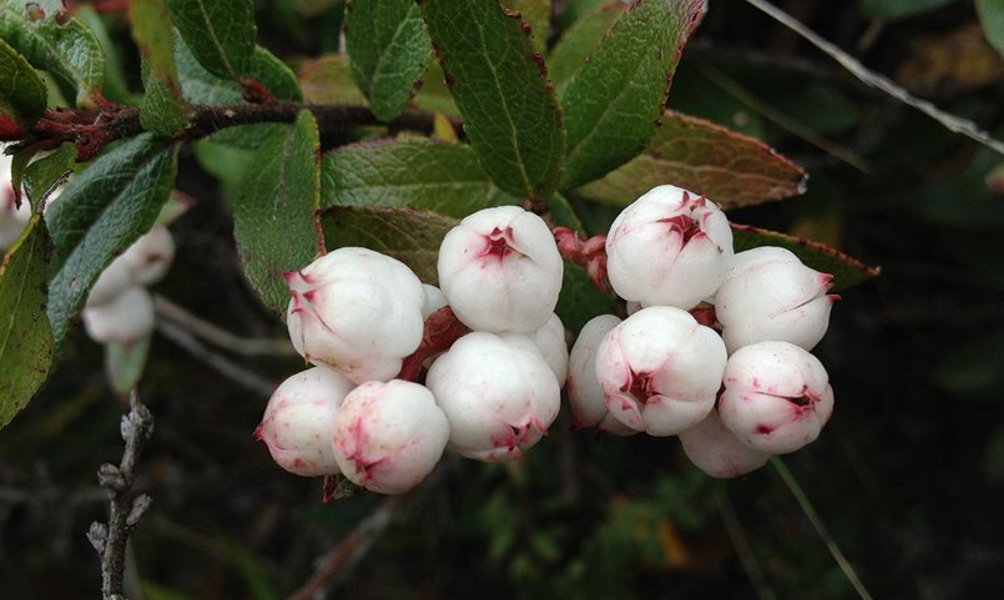
Photo by Kris Schaffer on abc.net.au
The snowberry is mostly found in the alpine regions in Tasmania and is white on the outside, but red on the inside. It tastes very sweet with a berry flavor. It has a crunchy and icy texture.
Desert Lime
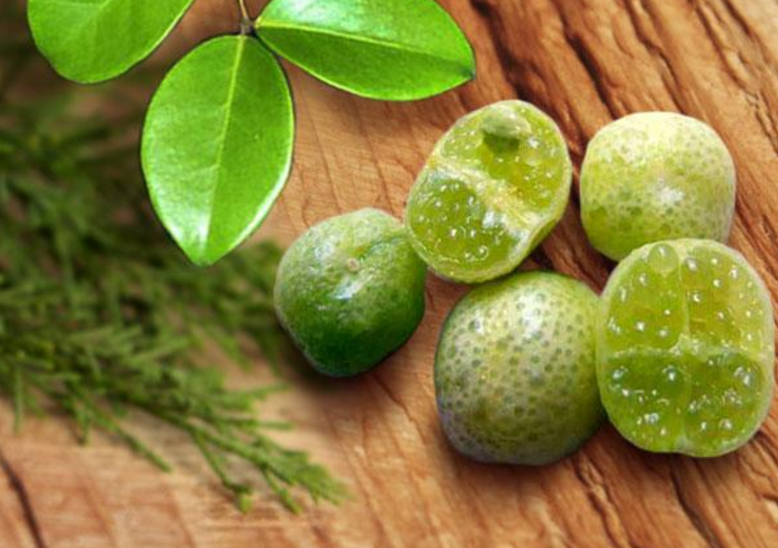
Photo courtesy of @naturewoodco on Instagram
Desert limes are from south Australia. They are drought, salt, frost, and heat-tolerant. They are often used to make sauces and pickles and used in place of lemon in dishes. They have an intense citrus flavor, with three times the vitamin C as oranges.
Europe:
Damson
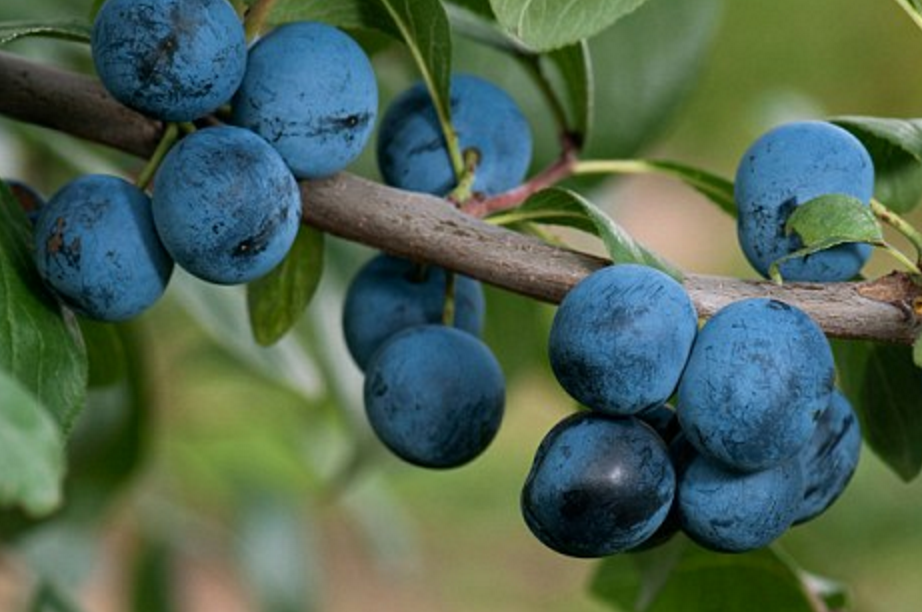
Photo courtesy of Monty Don on dailymail.co.uk
The damson is native to Ireland and Great Britain. It is similar to a plum, except the skin is more tart so it’s more often used in cooking and jams.
Cornelian Cherry
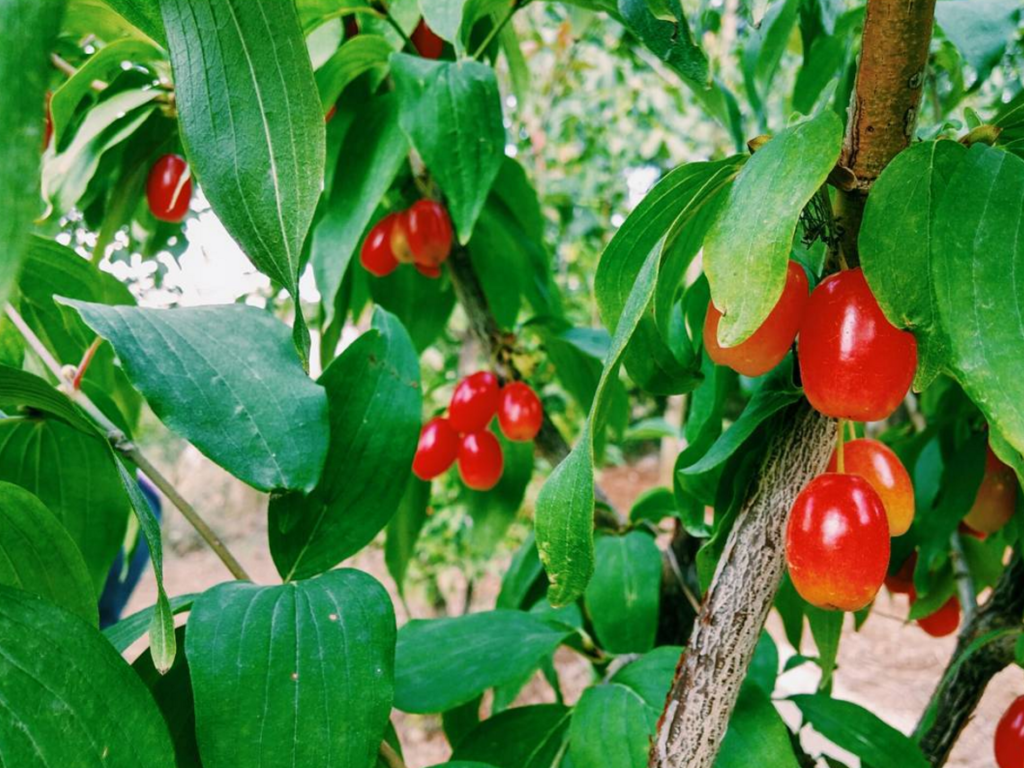
Photo courtesy of @scientificfreak on Instagram
The cornelian cherry is native to southern Europe and the Middle East. They are comparable to coffee berries, and best to be eaten when ripe. It taste like a mixture of cranberry and sour cherry. It has an acid flavor, and is often used in jams.
Mulberry
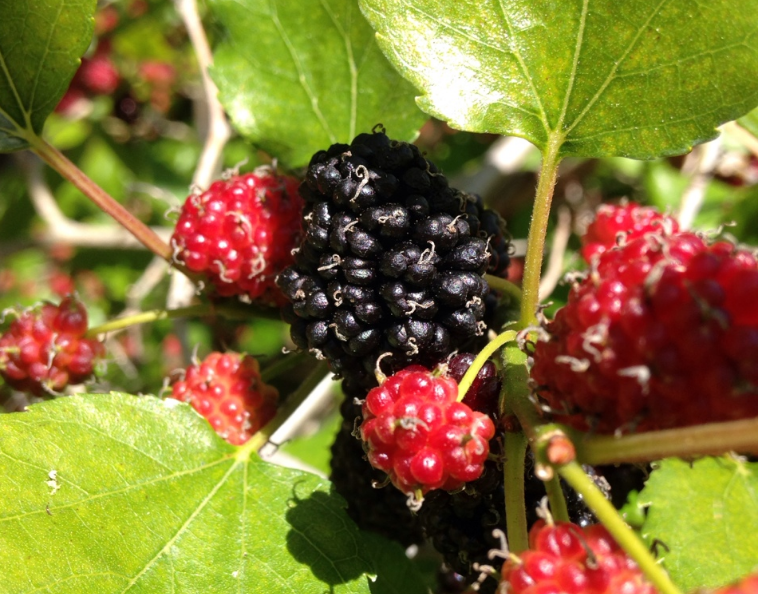
Photo by Grace Ling
Mulberries are native to Europe. They are a cluster of different individual fruits and also used in Chinese medicine. It has a tart and light blackberry taste with a juicy and seed-y texture. They are also the only food silkworms can eat.


